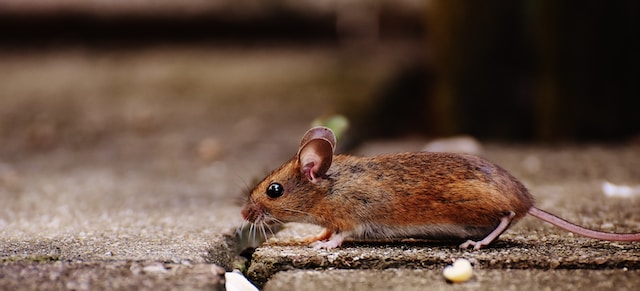
Rodents, those ever-present pests that scuttle in the shadows of our living spaces, represent a menacing double-edged sword—inflicting property damage while stealthily carrying health risks. These creatures, often overlooked until their effects manifest, present a pressing challenge. Hence, the ability to discern their subtle yet discernible signs becomes paramount in swiftly intercepting and containing their encroachments, thereby fortifying the sanctity of our surroundings and fostering a sheltered, risk-free environment.
Their seemingly innocuous presence belies the havoc they wreak, jeopardizing both structural integrity and human well-being. From gnawed electrical wires compromising safety to contaminated food sources causing health concerns, rodents cast a shadow of peril upon our homes and workplaces. Heightened awareness and astute detection thus become our frontline defenses against these clandestine intruders.
Detecting a potential rodent infestation demands a keen eye for subtle clues that these elusive creatures leave behind. Among the most evident and prevalent signs are their droppings. Mice and rats, the primary culprits, differ in the size and appearance of their fecal matter. Mice excrete minute droppings, resembling dark grains of rice, while rats leave behind larger droppings shaped like distinctive capsules. These pellets are often scattered along their usual pathways, serving as unequivocal evidence of their inhabitation.
Another glaring indicator of rodent activity lies in their gnaw marks. Rodents incessantly gnaw on various surfaces to manage the growth of their teeth. Scour wooden structures, plastic items, wires, and even food packaging for telltale signs of gnawing. Fresh gnaw marks denote recent intrusion, enabling a gauge of the ongoing infestation level.
The resourcefulness of rodents extends to their nesting habits. Employing an assortment of shredded materials such as paper, fabric, or insulation, they meticulously fashion nests. These nests often remain concealed within secluded nooks like attics, basements, or behind furniture, offering tangible evidence of their presence.
Furthermore, the clandestine movement of rodents inadvertently leaves smudge marks along their frequented routes. These marks, a result of grease and dirt on walls or surfaces, might initially seem inconspicuous but become apparent upon closer scrutiny. These smudges act as visual cues, aiding in mapping their movements within the premises.
Auditory signs also play a crucial role in detection. As nocturnal creatures, rodents become active during the night, producing distinct scratching or scurrying sounds. These noises, audible in walls, ceilings, or beneath floors, particularly during tranquil periods, serve as auditory confirmations of their presence.
Surprisingly, even pets become unwitting indicators of potential rodent presence. Unusual behaviors like incessant barking, persistent pawing, or fixating on specific areas might signify their heightened sensitivity to the existence of these pests, prompting further investigation.
Inspecting stored food items unveils yet another critical sign of a rodent’s incursion. Look for evidence of chewed-through food packaging or noticeable holes in containers. Rodents, driven by their voracious appetite, frequently forage for sustenance, leaving behind discernible marks that betray their scavenging activities.
In essence, vigilant monitoring for these diverse signs using rodent control Vancouver is imperative in preempting and addressing a rodent infestation. Prompt recognition of these markers not only facilitates the swift elimination of these pests but also minimizes the potential risks they pose to both property and health. Combining these insights with proactive measures such as pest control Vancouver ensures a more resilient defense against future rodent infiltrations.





